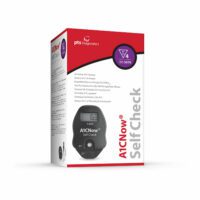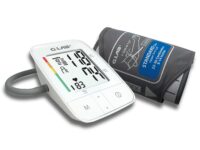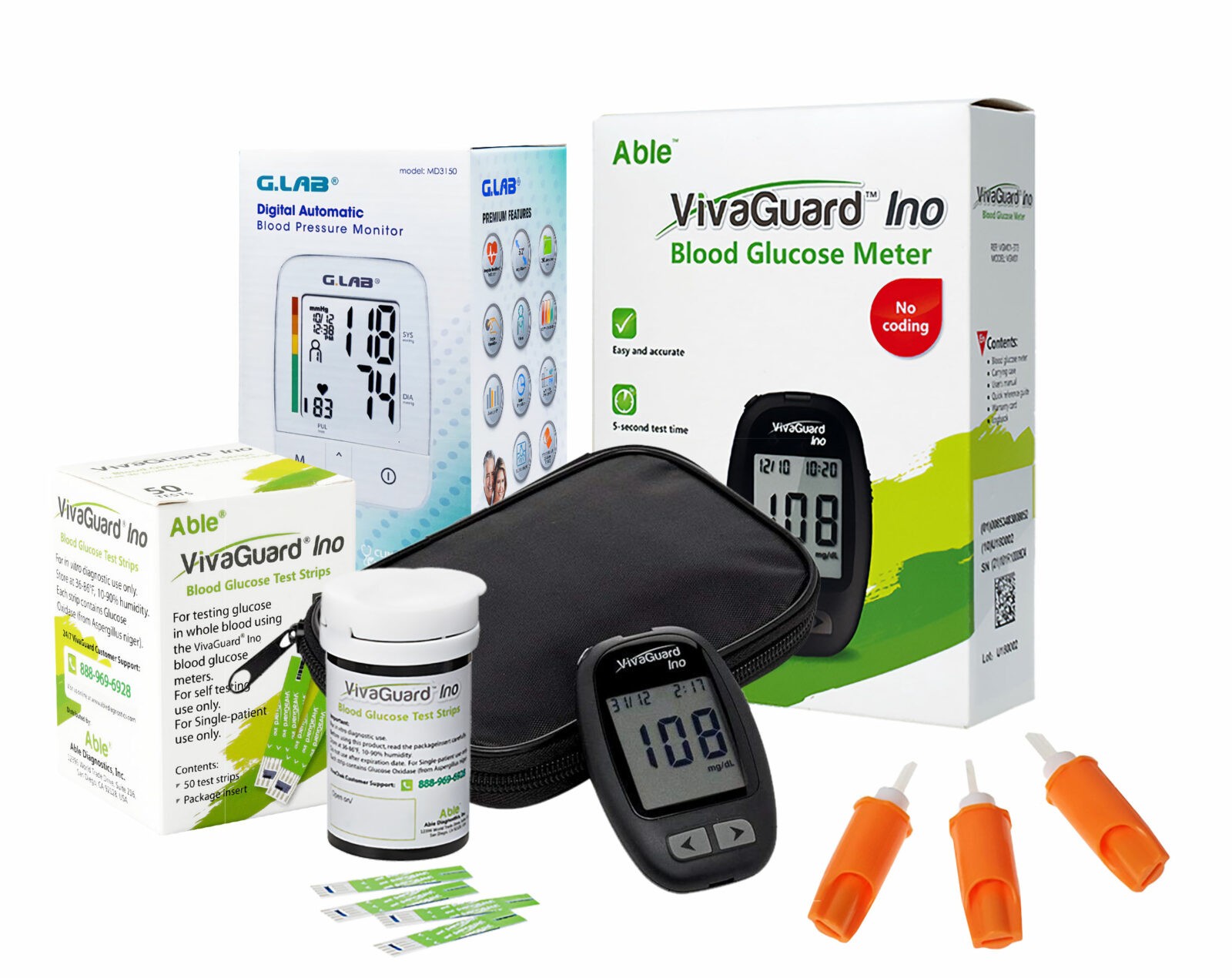Your legs are made up of bones, blood vessels, muscles, and other connective tissue. They are important for motion and standing. Playing sports, running, falling, or having an accident can damage your legs. Common leg injuries include sprains and strains, joint dislocations, and fractures.
These injuries can affect the entire leg, or just the foot, ankle, knee, or hip. Certain diseases also lead to leg problems. For example, knee osteoarthritis, common in older people, can cause pain and limited motion. Problems in your veins in your legs can lead to varicose veins or deep vein thrombosis.
The vascular system is the body’s network of blood vessels. It includes the arteries, veins and capillaries that carry blood to and from the heart. Problems of the vascular system are common and can be serious. Arteries can become thick and stiff, a problem called atherosclerosis. Blood clots can clog vessels and block blood flow to the heart or brain. Weakened blood vessels can burst, causing bleeding inside the body.
You are more likely to have vascular disease as you get older. Other factors that make vascular disease more likely include
- Family history of vascular or heart diseases
- Pregnancy
- Illness or injury
- Long periods of sitting or standing still
- Any condition that affects the heart and blood vessels, such as diabetes or high cholesterol
- Smoking
- Obesity
Losing weight, eating healthy foods, being active and not smoking can help vascular disease. Other treatments include medicines and surgery.
 CALL US NOW:
CALL US NOW: 










 March 21, 2022
March 21, 2022  John Mwesigwa
John Mwesigwa 


